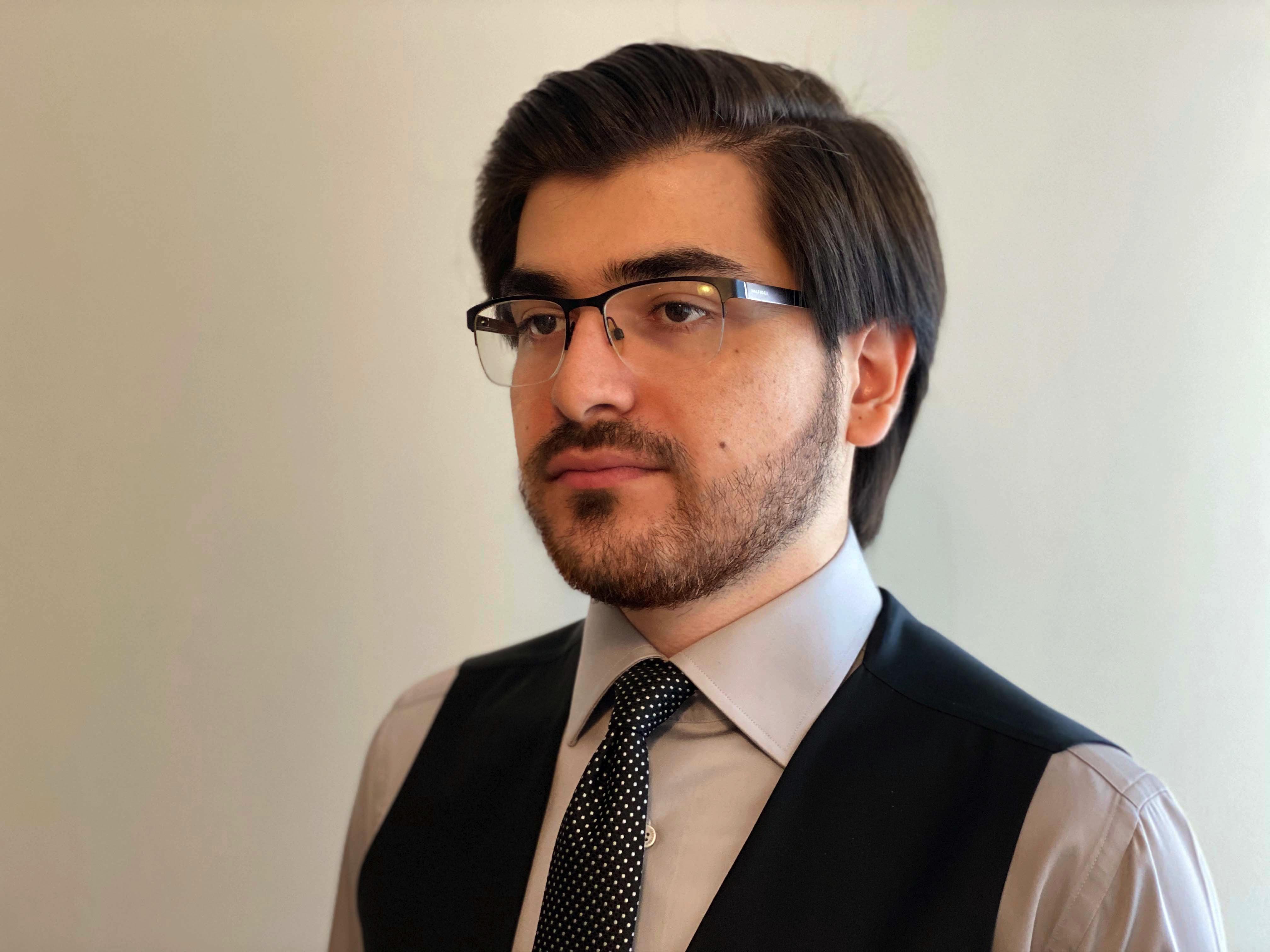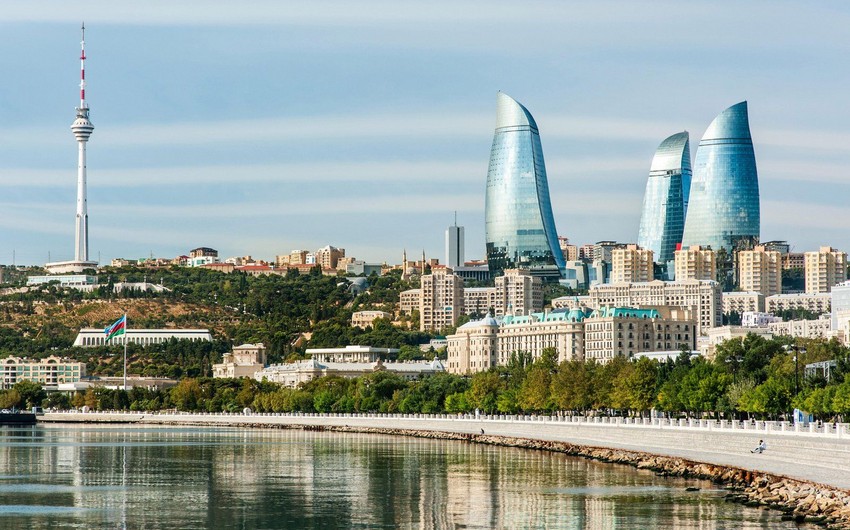Azerbaijan is a unique country that reputed for multiculturalism and tolerance almost in all spheres of life. Rarely in the Muslim world, Azerbaijan provides religious freedom throughout the country. Namely, Islam (Both sects; Sunni and Shia), Christianity (All major currents, such as Catholicism, Orthodoxy, and Protestantism), and Judaism (The largest compact settlements of Jews in the world, outside of Israel is in Guba rayon) is freely exercised in the country. More than 2 thousand mosques, 13 churches, and 7 synagogues operate in Azerbaijan and this number rises yearly. Besides, about 30 ethnic groups live in the country and tens of languages are spoken besides the official language. It is also estimated that for the time being, a group of Armenians is living peacefully in Azerbaijan despite the war factor. By considering all, if anybody would ask what genuine tolerance and diversity looks like, undoubtedly, the first example would be Azerbaijan.
The tolerance principle in intercultural and religious affairs manifests as mutual respect principle in the foreign relations policy of Azerbaijan and this approach constitutes the essence of international political methodology. The fundamental source of this standpoint is the Azerbaijani mindset. In this context, Azerbaijani mentality dictates leniency towards neighbors regardless of their attitude. The perpetuation of this stance as a state policy significantly contributed to the geopolitical image of Azerbaijan in the bilateral reliability context. In recent years, the given notions facilitated Azerbaijan’s transformation to a key player in several mega projects due to its reputation in the mentioned issues.

Azerbaijanis, as the ancient inhabitants of South Caucasus, have welcomed the immigrants amicably and provided them opportunities to live and work in all periods, as previously mentioned. The major example is Armenians, an ethnic group that migrated to Russian ruled South Caucasus from Persia with the Treaty of Turkmenchay (1828) and from the Ottoman Empire with the Treaty of Adrianople (1829). As time went on, however, the guests misused the tolerance and showed a belligerent attitude to Turkic ethnicity in the region. At the beginning of the 20th century, Armenians gathered around the paramilitary organization of Dashnaktsutyun, and on the eve of the downfall of the Russian Empire, the organization expanded its operations. Later, in March 1918, Dashnaktsutyun conducted genocide in various regions of Azerbaijan and consequently, 12.000 peaceful Azerbaijanis have murdered. The first Armenian “gratitude” to Azerbaijani tolerance was the massacre.
After the Sovietization, Armenians appeared with further demands regarding the Nagorno-Karabakh region, although the Caucasus Bureau (successor of Transcaucasian SFSR) left the mentioned region within the Azerbaijan SSR previously. Moreover, in the late 80s, the Armenian SSR obviously showed a pugnacious attitude toward Azerbaijanis in Armenia and renewed their territorial claims. These elements exacerbated the situation, and further escalations became inevitable. Since the proclamation of independence by Azerbaijan and Armenia in the autumn of 1991, the Nagorno-Karabakh dispute transformed into a war accompanied by intense combats. In 3 years, 20% of Azerbaijani territory (Nagorno-Karabakh and adjacent seven districts) has fallen under Armenian occupation, more than 1 million Azerbaijanis were displaced included those from both Armenia and Karabakh and Azerbaijani civilians had been subjected to ethnic cleansing in Khojaly, Aghdaban, and Garadaghly by Armenian armed forces. All of these viciously did by Armenians to Azerbaijanis, who have shown tolerance and benevolence only.
The conflict entered to the passive phase with the Bishkek protocol of ceasefire in 1994. Albeit
a longstanding negotiation process took place from the ceasefire, due to the Armenian attitude it was hindered. Throughout this period, contrary to Armenians, Azerbaijan’s approach comprised rationality and legality. Moreover, the Azerbaijani state supports the peaceful settlement of the conflict based on international law and within the territorial integrity of Azerbaijan. Even the Azerbaijani officials frequently declared that the state is ready to provide Armenians of Nagorno-Karabakh with the highest autonomy status within the borders of Azerbaijan. Nonetheless, the Armenian side manipulated the peace talks and oriented it into the framework that was totally unacceptable for Azerbaijan.
It is almost 30 years that the negotiations to resolve the conflict did not achieve its purpose because of periodic Armenian provocations. The highest officials including the head of state, illegally visit occupied territories and repeatedly give public speeches that express hate. Within this period, Azerbaijan took into consideration the international humanitarian law and universal declarations. Thus, a peaceful resolution was a priority. On the other hand, the latest developments have clearly demonstrated that the dubious actions of Armenians only serve to the destabilization of the region and this standpoint is very far from the peace principles. For the sake of brevity, the Armenian side should not mistake patience for forbearance and shall comprehend that there are boundaries of patience.
Nijat Muradzada,
Bachelor student of Istanbul University


 https://static.report.az/photo/ab06852d-d98b-3488-bdf4-9a9e4e3a0d60.jpg
https://static.report.az/photo/ab06852d-d98b-3488-bdf4-9a9e4e3a0d60.jpg

